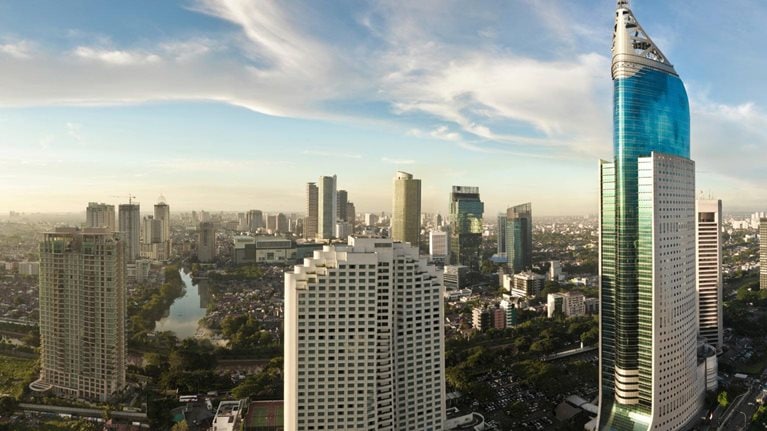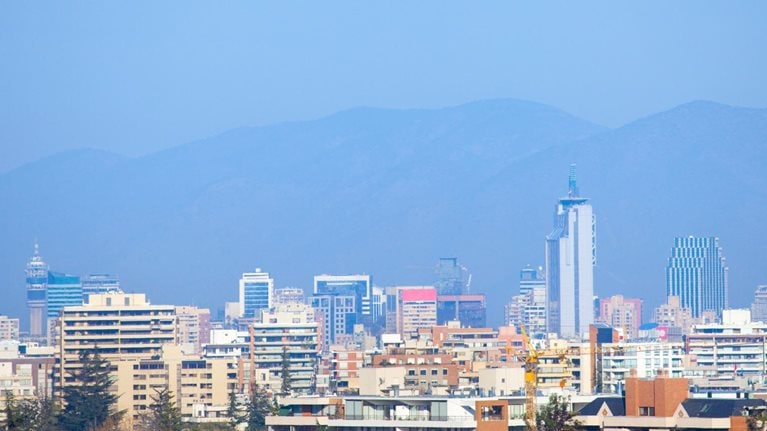You are an executive responsible for unearthing the next new market opportunity for your company and — like your competitors — you're looking at maps of rapidly-growing economies in the emerging world. How would you react to the names Surat, Foshan, and Porto Alegre? With a mystified stare, perhaps? Yet, these three cities each have a population of four million people. Surat is in western India and accounts for about two-fifths of India's textile production. Foshan is China's seventh-largest city in terms of GDP. Porto Alegre is the capital of Rio Grande do Sul, the fourth-largest state in Brazil.
The fact is that medium-sized cities — many of them unknown outside their own countries — are going to be where the next wave of growth is coming from, as discussed in the McKinsey Global Institute report on cities and the rise of the consuming class (pdf). The urban opportunity is truly enormous. The global consuming classes will grow from around 1.2 billion in 1990 to 4.2 billion in 2025 — and 1.2 billion of them will live in only about 440 mostly mid-sized cities in emerging markets. (We define the consuming classes as individuals with more than $10 a day disposable income at purchasing power parity — sufficient incomes to become significant buyers of discretionary good and services.)
Urban consumers could spend an additional $20 trillion a year by 2025. Then, there could be an additional $10 trillion of physical capital investment to meet the needs of expanding urban populations. As demand soars for a range of products, container capacity will have to respond so that goods can be transported to consumers — and that means many more and bigger ports. The capacity of ports needs to rise more than 2.5 times from today's levels. Cities will need to construct floor space equivalent to 85% of all of today's residential and commercial building stock by 2025. Urban municipal water demand is on course to rise by almost 80 billion cubic meters, equivalent to more than 20 times the water consumption of New York today and a rise of 40% from present levels.
Urbanization is not just a buzzword to excite economists and city planners. It is the largest source of global growth in history and is occurring in a highly uncertain and uneven global economic climate. Compare what's happening today with the Industrial Revolution that began in Britain in the 18th century. It took Britain more than 150 years to double economic output. In the United States, locus of the revolution's second stage, it took more than 50 years to double GDP. But a century later, when China and India industrialized, they doubled GDP in 12 and 16 years, respectively. And, while Britain and the United States each began their industrialization with populations of about ten million, China and India had populations of roughly one billion. In short, the two leading emerging economies are developing at roughly ten times the speed of the Industrial Revolution — and on 100 times the scale.
The growth of some urban markets can exceed that of entire nations, which is why cities really matter when it comes to strategy. Say you are a producer or distributor of laundry-care products. Over the next 10 years, a larger volume of these products will be sold in the single city of São Paulo than in either France or Malaysia. The next three cities for sales of these products are Beijing, Rio de Janeiro, and Shanghai.
If you are selling or distributing medical devices suitable for the elderly, the fastest growth is likely to be in the "silver cities" of Shanghai and Beijing. Interestingly, only two cities in developed economies (Tokyo and Osaka) are in the top ten markets for growth in this category, proof that aging is no longer exclusively a developed economy phenomenon. At the other end of the age spectrum, you might be selling baby food. In this case, you need to look for places where there are a lot of children in households with sufficient income to buy these products. When measuring the increase in the number of children in households with an annual income of between $7,500 and $20,000, more than half of the top ten cities at purchasing power parity are in Africa. Lagos, Nigeria's megacity with a population of more than ten million, is at the top of the list.
Let's say that you work for a construction or a water services company. You'd need to know that the top two cities by expected growth in municipal water demand between 2010 and 2025 globally are both in India: Mumbai and Delhi. The kingpin of commercial real estate will continue to be New York in 2025, followed by the two Chinese giants of Beijing and Shanghai, and then Los Angeles and Tokyo. Despite the extraordinary boom in building construction in the developing world, established cities in advanced economies are still important players.
When you are looking for the most promising urban market for your products, you need to take account of the growth of cities, as well as their demographic and income trends. It is where these work together that you will find the market hot spots for your product or service.
But for all the accumulating evidence that says that executives who zero in on prospects in individual cities are much more likely to pinpoint the most promising markets for their companies, relatively few are actually acting on this intelligence. A new McKinsey survey (PDF) found that most executives still regard cities as "an irrelevant unit of strategic planning." Less than one in five executives surveyed said they were making location decisions on the basis of individual cities rather than entire economies. This is missing a trick — and a major market opportunity.
This article originally appeared in HBR Blog.


